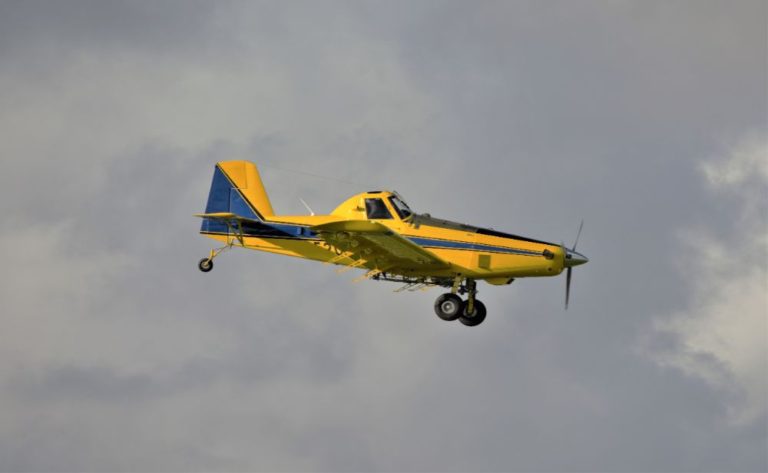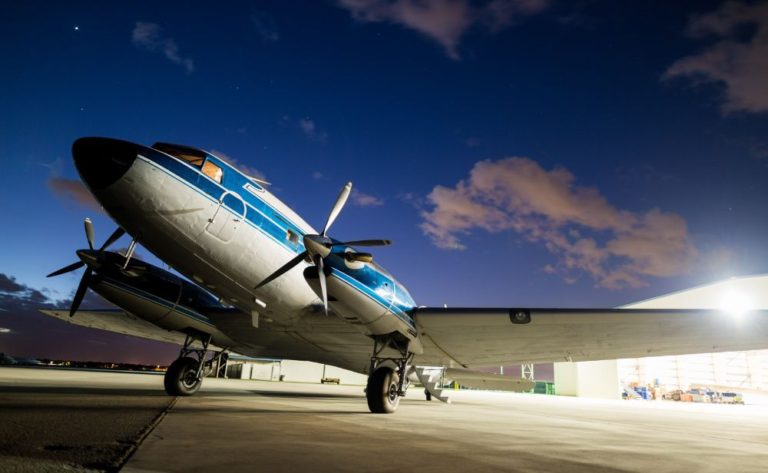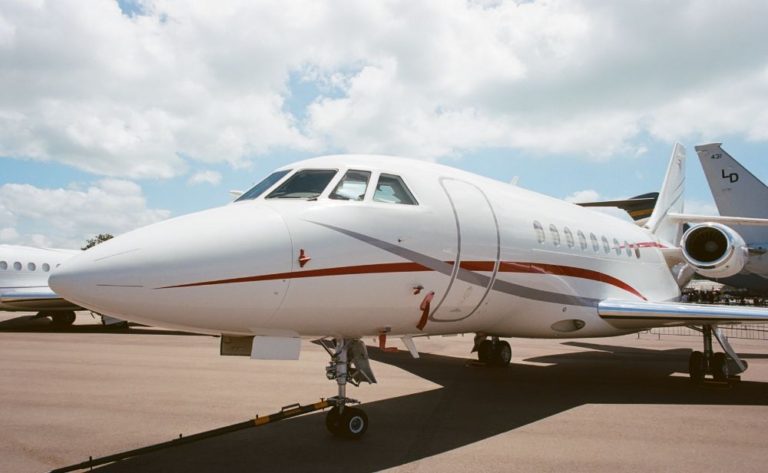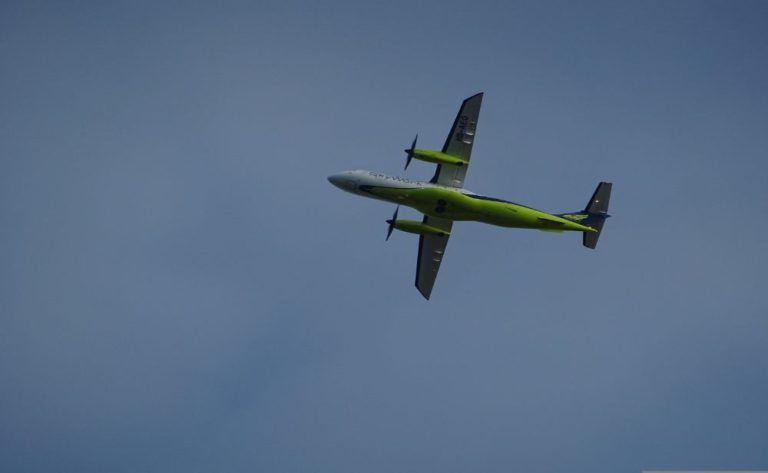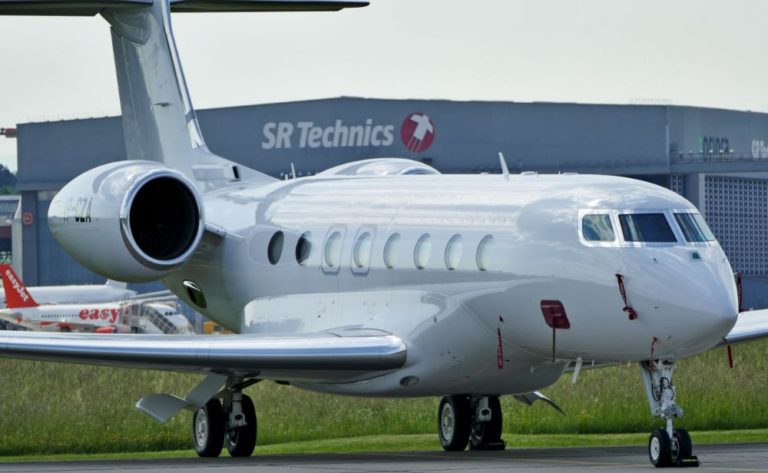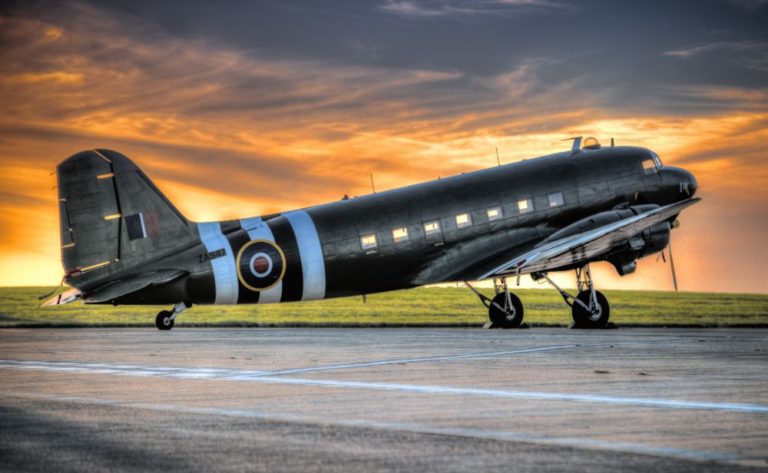Dassault Falcon 2000: Dassault’s Most Successful Business Jets

The Dassault trijet business jet is currently the company’s most well-known product. Despite this, Dassault continues to manufacture twin-engine, twin-jet business jets like their well-known Falcon 2000 model.
As this article is being written, Dassault has successfully shifted well over 600 units of their Falcon 2000 product. Because of this, it is not only the most successful Dassault business jet in the history of the company, but it is also among the most successful business jets in the history of the industry.
Development
Dassault introduced the world to its famed Falcon 900 trijet in the year 1984. The Falcon 900 was developed from the Falcon 50, which was developed from the Falcon 20, which was released in 1965. The Falcon 20 itself was derived from the Falcon 10.
The operating costs of the Falcon 900 were significantly higher than those of its rival twinjet aircraft since it was a trijet. Falcon 900 owners and operators started pushing for a variant of the aircraft that could be maintained and flown at a lower cost.
Dassault complied with the request and started work on the creation of a twinjet version of the Falcon 900. Dassault came to the conclusion, following an extensive investigation, that the owners and operators of Falcon 900 aircraft were not interested in the company’s proposal to lengthen the jet. They were only interested in a twin-engine jet.
By the end of February 1993, Dassault had finished developing a prototype of a twinjet version of the Falcon 900, which the company eventually renamed the Falcon 2000. On March 4 of that same year, Dassault would conduct the aircraft’s maiden flight for the first time.
Dassault would begin certification flights in all major jurisdictions once it had successfully completed a series of test flights for the company itself. After that, the Falcon 2000 would get its certification in the year 1994.
In the same year, Dassault would reveal the Falcon 2000 to potential customers, resulting in Dassault getting orders covering a number of years’ worth of production. Production of the Falcon 2000 on a massive scale wouldn’t start until much later, in 1995.
The History of Operations
When Dassault first unveiled the Falcon 2000, the company had every intention of marketing it exclusively to the business aviation market. On the other hand, ever since it was first developed, it has also developed into a widely used military aircraft.
Civilian
First-generation Dassault Falcon 2000 pilots were almost exclusively wealthy individuals or corporations as owners and operators of the aircraft. In most cases, they were pilots who had operated earlier models of the Falcon family before they upgraded to the more advanced Falcon 2000.
As a corporate jet, the Falcon 2000’s relative affordability was, in many instances, a major selling point due to the aircraft’s alluring combination of features, which included reasonably quick cruising speeds, a relatively large range, and relatively fast cruising speeds.
In addition, there are a number of extremely wealthy people who have their sights set on purchasing a Falcon 2000 as their very own private aircraft. This is mostly because to the reasons that were discussed earlier, but it is also because it has the capacity to seat up to 19 people!
During the course of the middle to late 2000s, a variety of well-known figures started purchasing the Falcon 2000 for their personal use. They could use it to travel in comfort without being harassed by the paparazzi when they used it here.
Not only was the Falcon 2000 unveiled in the 1990s, but that same decade also marked the beginning of widespread adoption of fractional ownership firms. One of the first jets that they purchased was a Falcon 2000, which was a popular business jet that had only recently been introduced.
The Falcon 2000 is a favourite among corporations, celebrities, and companies that offer fractional ownership; more recently, though, it has also become a highly popular choice among private charter companies.
Military
The Falcon 2000 would be put into service with a variety of armed forces all around the world beginning in the early years of the new millennium.
The Falcon 2000 is utilised as an executive transport aircraft the vast majority of the time. The Falcon 2000 is now being utilised by the governments of Bulgaria, Slovenia, and France in order to transport their respective political and military leaders across the world.
In addition to this, a Dassault Falcon 2000 is utilised by the Royal Thai Police as an executive transport aircraft.
The Falcon 2000 is utilised in a variety of roles in addition to its primary function of serving as an executive transport aircraft. These roles include: The Republic of Korea Air Force was the first branch of the armed forces to put the Falcon 2000 to use in a capacity other than executive transport.
Alongside the ROKAF’s Hawker RC-800s, the Falcon 2000 is used as a signals intelligence aircraft while in service with the Republic of Korea Air Force (ROKAF) (Hawker 800). In this situation, the Falcon 2000 is assigned with the responsibility of intercepting and decoding communications in hostile nations.
Both the French and Japanese militaries have expressed an interest in a maritime surveillance derivative of the Falcon 2000. This interest was sparked by the success that the Falcon 2000 has had in its role as an aircraft for gathering signals intelligence.
The Japanese Coast Guard is currently responsible for the operation of a fleet of Falcon 2000s for the objectives of maritime patrol and surveillance. Additionally, an order has been placed for these very same aircraft by the French Navy.
Features
The fact that the Dassault Falcon 2000 is a twinjet is probably the characteristic that draws the most attention to itself. As a result, it is the newest member of the Falcon family and the only one of its kind that does not have three engines (with the others being the Falcon 10 and Falcon 20).
The Falcon 2000 suffers a reduction in both its range and its cruising speed as a result of the removal of this additional engine (at least compared to the Falcon 900). The appearance of this information gives the impression that the Falcon 2000 is the superior aircraft.
On the other hand, the Falcon 2000 now features more modern engines that are both more powerful and more efficient on fuel. Because of this, operating costs for the Falcon 2000 are lower per seat than those for the older Falcon 900.
This holds especially true for several of the more recent varieties of the Falcon 2000, all of which are equipped with blended winglets as a standard feature.
Standard equipment for every iteration of the Falcon 2000 is a cockpit made entirely of glass. In recent years, a significant number of the newest variants of the Falcon 2000 have been equipped with fly-by-wire, and Dassault has even begun offering cockpit improvements for older Falcon 2000s!
The Dassault Falcon 2000 is one of a select few business jets manufactured before the year 2000 to have thrust reversers installed on board as part of the aircraft’s basic configuration directly from the manufacturer.
The Falcon 2000 has the capability to land at fifty percent more airports than other jets in its class can thanks, in part, to many of these qualities. This is due to the fact that it comes standard with both cutting-edge braking technology and noise reduction technologies.
Price
At the time this article was written, Dassault’s asking price for a single unit of the Falcon 2000 is 32 million dollars. This makes the Dassault Falcon 2000 the most cost-effective business jet that is currently being manufactured by the company.
Having said all of that, the Falcon 2000 has been available to consumers since the middle of the 1990s. As a result of this, there are a good number of Falcon 2000s available on the secondary market, giving you the opportunity to purchase one at a reduced price!
A Falcon 2000 that was manufactured in the middle to late 1990s can be purchased for a minimum of approximately $3.2 million. On the other hand, these are typically earlier models of the aircraft, and as a result, their overall specifications are lower.
On the other hand, if you’re looking for something more luxurious, you may have a Falcon 2000 from the late 2010s or early 2020s for approximately $9.5 million. These Falcon 2000s are practically brand new, having logged only a few hundred miles in the air, and they are the most recent variant(s) available!
The Dassault Falcon 2000 has operational costs that are, relative to other aircraft, slightly lower than average. Assuming you fly 450 hours per year in a Dassault Falcon 2000, the average hourly cost of operating the aircraft is around $4,824.
In addition to being the aircraft that you can buy brand new from Dassault at the lowest possible price, it is also the Dassault private jet that has the lowest operating costs. Because of this, it has managed to achieve a level of popularity that is unparalleled among famous people and major organisations.
Variants
Since it was first released, the Falcon 2000 has established itself as one of the most sought-after models of business jet. As a result of this, Dassault has produced a variety of different variants of the Falcon 2000. Some of these variants have been more successful than others.
Falcon 2000
Since its introduction in 1995, the Falcon 2000 has served as the foundation for all subsequent models in the Falcon 2000 family. It is also the model with the fewest available features. As a consequence of this, it is regarded as the least capable member of the Falcon 2000 family.
The only significant distinction between the Falcon 900 and the Falcon 2000 is that the latter is a twinjet aircraft while the former is a trijet aircraft. Other than that, the two aircraft are virtually identical.
CFE738 turbofan engines provide propulsion for the Falcon 2000. These engines were developed specifically for use in the Falcon 2000. The GE27 engines that are installed in the Sikorsky CH-53K were the inspiration for the CFE738.
Falcon 2000EX
By the early 2000s, the conventional Falcon 2000’s operating costs had increased to the point where they were much higher than those of comparable twinjet business aircraft in its class. In response to this, Dassault started developing a more modern version of the Falcon 2000.
This aircraft would be referred to by Dassault as the Falcon 2000EX. The Falcon 2000EX has more advanced engines than the ordinary Falcon 2000, which is the primary distinction between the two models.
In essence, as a result of this, operating costs for the Falcon 2000EX were lower than those for the conventional Falcon 2000. Additionally, as a result of this, its maximum and cruising speeds were marginally improved, and its range was slightly increased.
Falcon 2000EX EA Sy
Following the launch of the Falcon 2000EX in 2003, Dassault made the decision in 2004 to launch an additional variant of the Falcon 2000. This particular model would be referred as as the Falcon 2000 EX EA Sy.
First and foremost, the EA Sy was outfitted with brand-new and significantly improved avionics systems. In addition to this, both the pressurisation and oxygen delivery systems of the EA Sy were given a brand new look and feel!
All of this was done in order to ensure that the Falcon 2000EX EA Sy was able to do steep landings, which were typically carried out in airports located in close proximity to populated areas. One example of this is the well-known London City Airport, which requires aircraft to be certified in order to land there.
Falcon 2000DX
Dassault began development on a new version of the Falcon 2000 in 2005. At the time, the Falcon 2000 represented the cutting edge of technology for business jets. This aircraft would be referred to by Dassault as the Dassault Falcon 2000DX.
Dassault would largely implement a number of improvements to the engine intakes, fuel lines, and fuel tank of the Falcon 2000EX EA Sy. These modifications would be based off of the Falcon. They would also make some insignificant adjustments to the flight control systems.
Because of these modifications, the fuel efficiency of the Falcon 2000DX is 5% better than that of its predecessor. In addition to this, it was the first business jet ever to be capable of landing with its fuel tanks almost completely depleted, which greatly expanded the jet’s range.
Falcon 2000LX
The use of winglets on business jets became commonplace by the late 00’s, when the concept was first introduced. Dassault entered into a partnership with Aviation Partners, which is based in Seattle, in order to ensure the continued viability of the Falcon 2000.
They would collaborate in the creation of a new model of the Falcon 2000EX EA Sy that featured blended winglets. Because of this reduction in drag, the Dassault Falcon 2000LX was able to travel faster and for greater distances.
In point of fact, the range of the Falcon 2000LX was 4,000 nautical miles, which was 750 nautical miles further than the range of the Falcon 2000EX EA Sy. Additionally, the winglets are offered as a retrofit kit that can be installed on any model of the Falcon 2000 series.
Falcon 2000 S
In 2010, customers of the Falcon 2000 began to voice their dissatisfaction with the aircraft’s requirement for a significantly longer runway than its rivals. As a result, Dassault got to work on finding a solution to the issue.
A significant portion of the work consisted of making adjustments to the systems that reverse thrust in order to make those systems more efficient. This was accomplished by modifying the mechanism such that it opens at a more shallow angle, which results in it having a greater degree of effectiveness.
In addition to this, Dassault would also make modifications to the braking system so that it would be more efficient. 2011 marked the completion of this project, at which point Dassault christened the finished product the Dassault Falcon 2000 S.
Falcon 2000LXS
In 2014, Dassault came to the conclusion that it would be beneficial to produce a variant of the Falcon 2000 that combined characteristics of both the 2000LX and the 2000 S. This was done in an effort to develop some kind of enhanced version of the Falcon 2000.
Dassault started with the 2000LX as the foundation for this new model, and it underwent all of the same modifications as the 2000 S. This resulted in a version of the 2000 S with increased range.
Air charter firms have become particularly fond of this specific type in recent years, mostly as a result of the adaptability it may provide. However, there are also a significant number of private owners and operators of the 2000LXS!
Falcon 2000 MSA
Around the year 2015, the Japanese Coast Guard began searching for a new maritime surveillance aircraft to take the place of its Falcon 900s. The Coast Guard made the decision to purchase the MSA in order to continue the long-standing custom of employing a member of the Falcon family of aircraft.
Dassault made a number of modifications to the design of the aircraft, using the Falcon 2000LXS as a foundation, so that it could serve its intended function. This is made possible in large part by the installation of a radar beneath the belly of the aeroplane as well as specially designated observer sites.
The principal responsibilities of the MSA include searching Japanese waterways for any missing ships or ships that have no business being there. In the event that it comes across any ships that are in need of assistance, Dassault upgraded the MSA to include lifebuoy dispensers.
Falcon 2000 MRA
The MRA and the MSA are interchangeable and exactly the same thing. On the other hand, the MRA is not just a maritime surveillance aircraft but also a maritime patrol aircraft according to the way it was developed.
In this function, the MRA possesses a variety of other corrosion-proof properties in addition to its paint, which is a significant advantage. On the other hand, because of the delicate character of the MRA, these are automatically categorised.
According to Dassault, the cabin of the MRA is equipped with a number of highly secretive reconnaissance technology, in addition to its two observation stations, which have been borrowed from the MSA.
How Risky Is It to Fly in a Dassault Falcon 2000?
Private jets are almost never included in lists that examine which types of aircraft are the safest and which are the riskiest, and this is because of the perception that they are inherently unsafe. This is something that is done on purpose for a variety of various explanations.
To begin, the laws that govern commercial and private jets, while being somewhat similar, are fundamentally distinct from one another. Second, there’s the reality that just a tiny fraction of the world’s population will ever get to experience flying in a private jet.
Whatever the case may be, customers who are considering booking a flight on the Dassault Falcon 2000 will naturally be curious to learn how risky or secure the aircraft is.
You are in luck since there has never been an accident involving a Falcon 2000. This not only makes it one of the safest business jets that Dassault has ever manufactured, but it also makes it one of the safest business aircraft that any manufacturer has ever manufactured.
Having said that, there isn’t a complete absence of mishaps aboard the jet. A Falcon 2000 that was attempting to take off from Las Vegas McCarran International Airport in August 2015 lost control and went off the runway.
To everyone’s great relief, no one was hurt, and the jet caused just minor scratches to the paint (due to it rolling into a parked Falcon 50). After that, the plane received a new coat of paint and was put back into duty.
After conducting their investigation, the team came to the conclusion that the maintenance crew was to fault for the accident since they had not tested the brake systems. This was the initial root of the problem, and it ultimately led to the problem becoming even more severe!
How Would You Describe the Experience of Flying the Dassault Falcon 2000?
Because of the majority of jobs that I have held in the past, I have had the incredible opportunity to fly on virtually every civilian variant of the Falcon 2000 that has ever been manufactured. As a result of this, I have a somewhat accurate concept of what it is like to fly on the Falcon 2000…
In general, the Falcon 2000 is a ship that I have a lot of admiration for. It’s arguably the best business jet I’ve ever flown on, and that’s saying a lot coming from someone who’s flown on a lot of them!
Note, however, that they referred to it as a “business jet.” If you want to take your company’s leaders on a long-haul journey and give them the opportunity to work or come up with new ideas while in the air, the Falcon 2000 is most likely the best jet option available to you.
The layout of the cabin as a whole has been thoughtfully designed to facilitate conversation and collaboration among passengers throughout the duration of the trip in a manner that is both comfortable and aesthetically pleasing. Therefore, it is an excellent option for commercial users.
On the other hand, it is not as beneficial if you intend to take a vacation during which you will simply sit back and relax on the journey to and from your destination. Don’t get me wrong; if it’s just a one-time thing, it’ll work out just fine; however, if you plan to use it exclusively for travelling, it won’t be as useful to you (at least in my opinion).
This is due to the absence of a specialised entertainment space, unlike on other jets such as the Gulfstream G500 and the Challenger 650. Both of these planes, in addition to the Falcon 2000, are classified as big jets in the aviation industry.
I’m interested to hear your thoughts on the Dassault Falcon 2000. Have you ever taken a flight on that? Share your thoughts with me below!
